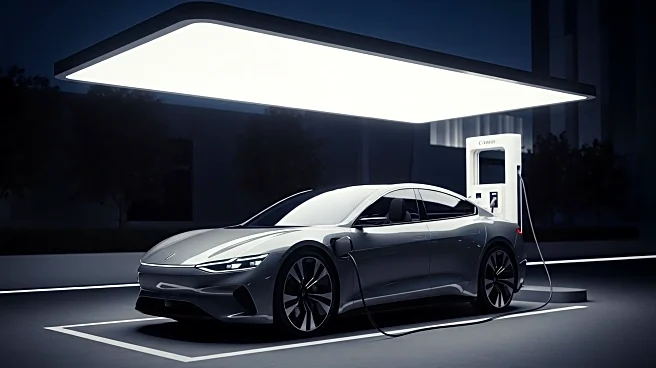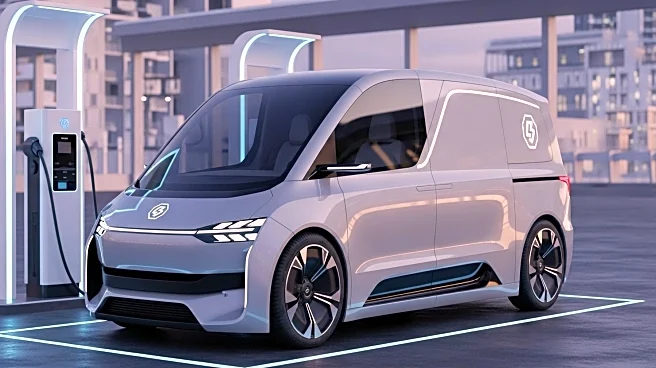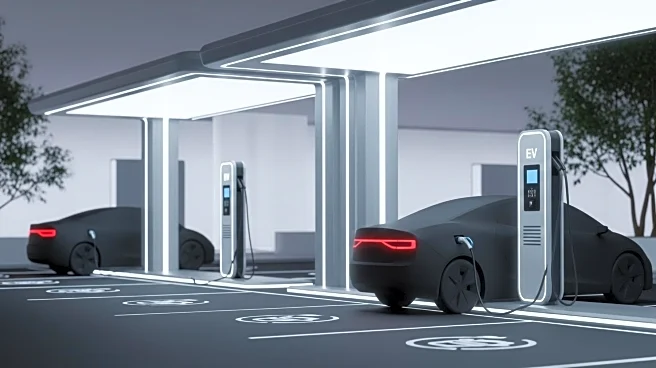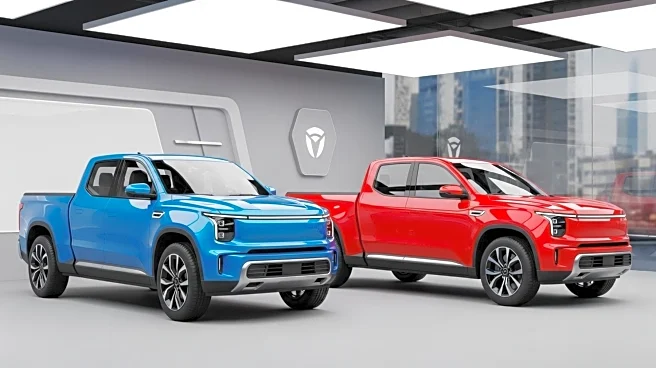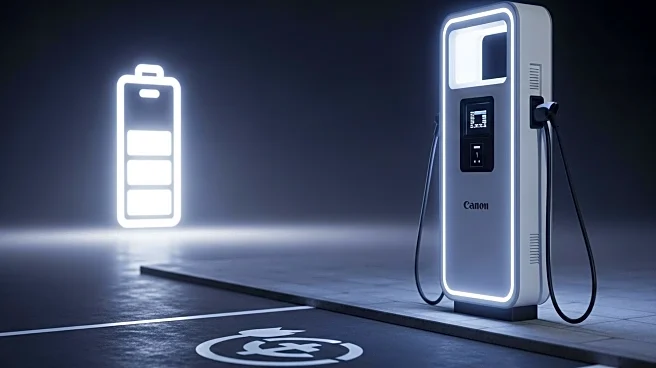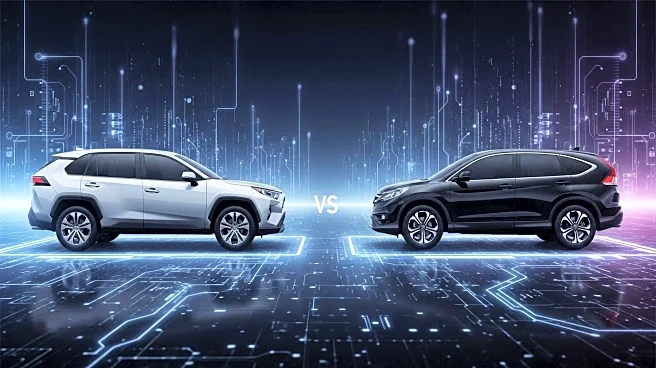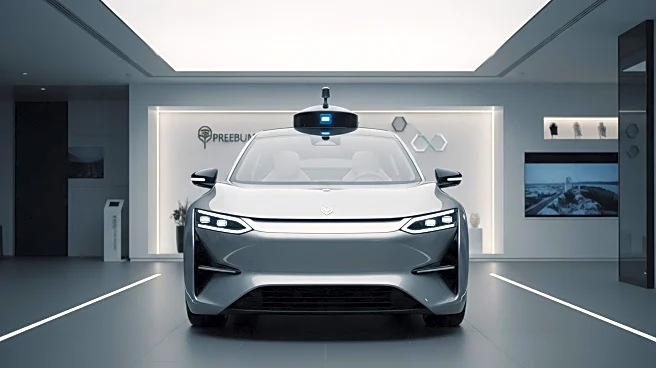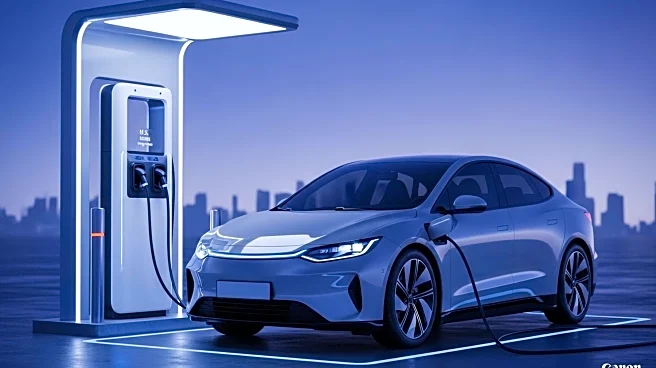What is the story about?
What's Happening?
Consumer Reports has released its list of the nine safest cars to purchase in 2025, emphasizing crash protection, advanced safety technology, and reliability. The evaluation focused on three core safety factors: the ability to avoid crashes, protect occupants during collisions, and ensure the safety of other road users. The report also considered braking and handling performance, crash-test results, and standard advanced driver-assistance technologies such as automatic emergency braking with pedestrian detection, blind spot warnings, and rear cross traffic warnings. Emily Thomas, manager of safety at Consumer Reports’ Auto Test Center, highlighted that the safest cars not only protect passengers in a crash but also help avoid crashes and reduce risks to pedestrians and other vehicles.
Why It's Important?
The identification of the safest cars is crucial as it addresses the ongoing concern of road safety in the U.S., where approximately 40,000 people die annually in crashes. By highlighting vehicles with superior safety features, Consumer Reports provides valuable information to consumers looking to make informed decisions about their next car purchase. This focus on safety can lead to increased demand for vehicles equipped with advanced safety technologies, potentially influencing manufacturers to prioritize these features in future models. Additionally, the emphasis on pedestrian safety reflects a growing awareness of the need to protect all road users, not just vehicle occupants.
What's Next?
As consumers become more aware of the importance of vehicle safety, manufacturers may respond by integrating more advanced safety technologies into their vehicles. This could lead to a competitive market where automakers strive to achieve higher safety ratings and meet consumer expectations. Furthermore, regulatory bodies might consider updating safety standards to ensure that new vehicles incorporate the latest technologies to protect both occupants and pedestrians. The ongoing development and implementation of these technologies could significantly reduce the number of road accidents and fatalities in the future.
Beyond the Headlines
The focus on vehicle safety also raises ethical considerations regarding the responsibility of automakers to prioritize the well-being of all road users. As technology advances, manufacturers face the challenge of balancing cost with the integration of comprehensive safety features. Additionally, the push for safer vehicles may influence cultural shifts in consumer behavior, with safety becoming a primary factor in purchasing decisions. This could lead to long-term changes in the automotive industry, where safety innovations become standard rather than optional.
AI Generated Content
Do you find this article useful?


